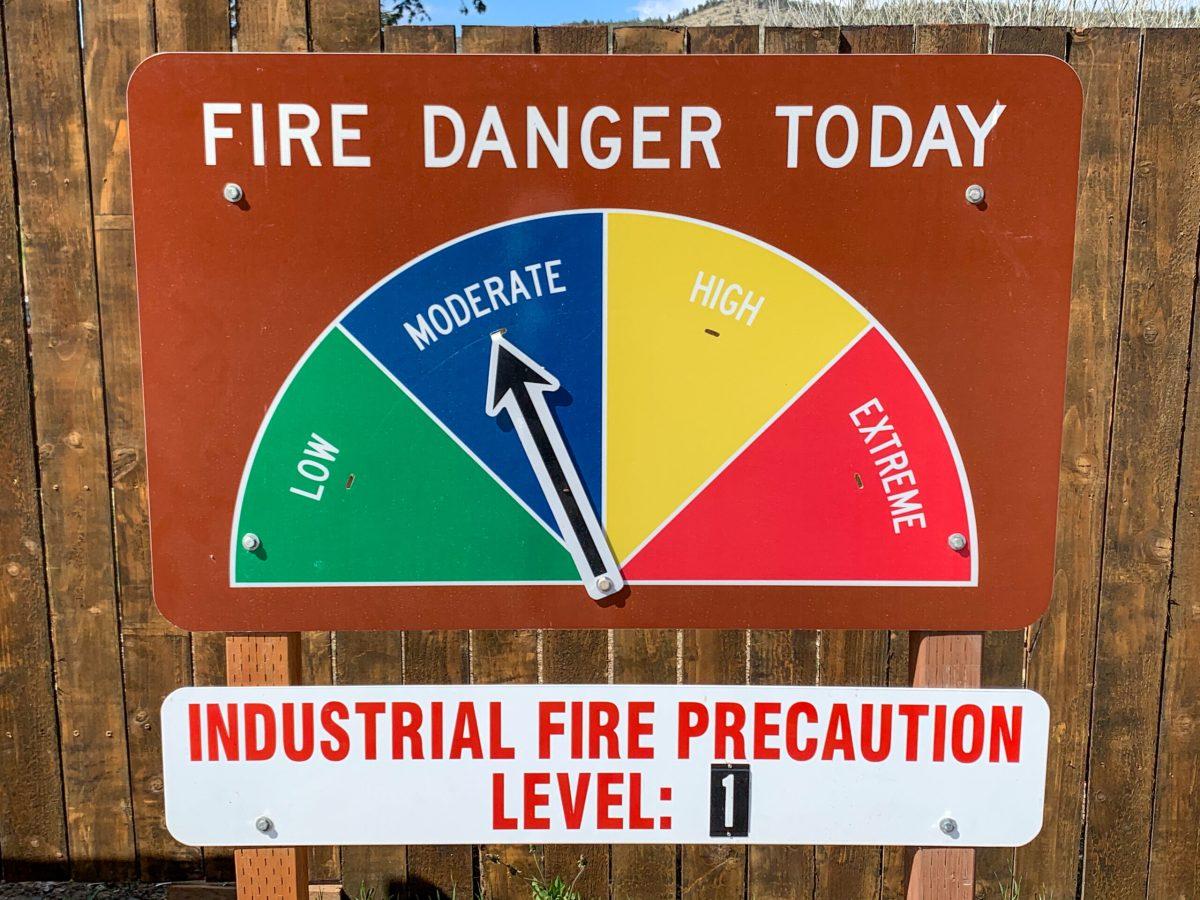Fire season in Oregon has arrived. The memories of the 2020 fire season wreaking havoc in Western Oregon are still fresh, and not too long ago there were evacuations in Bend. Learn about ways you can prepare yourself for a fire close to your home and about Central Oregon Community College’s Fire Science Program; training the next generation of firefighters.
Central Oregon Community College offers an Associate of Applied Science degree in Structural Fire and an Associate of Science in Fire Service Administration.
John Failla, the Structural Fire Science Director for COCC, commented that any student can apply to the college and take the courses.
“As the students go through our AAS degree, they will have the opportunity to receive their Firefighter 1, Wildland Firefighter Type 2, HAZMAT Awareness and Operations, and their EMT Basic, which would set them up to apply for numerous jobs around the nation,” Failla said.
There are multiple opportunities for students in this program as well as a third-year option of applying to the Paramedicine Progam. This is an opportunity to have a Paramedic certification at the end of the program as well.
“Another piece of our program is our Joint Recruitment Process, which is a way for students to apply to become a student with a local fire agency. We work with 10 local fire agencies to make this happen and the list is as follows:
Black Butte Ranch RFPD, Cloverdale RFPD, Crescent RFPD, Crook County Fire and Rescue, Crooked River Ranch Fire and Rescue, Jefferson County Fire Dist. #1, La Pine RFPD, Redmond Fire and Rescue, Sisters/ Camp Sherman Fire District, and Sunriver Fire and Rescue,” Failla said.
Working with these agencies allows students the ability to get experience on the line and work with other people in their job field.
Failla said, “This is one of the best on-the-job real-world applications to what they learn in courses. They are then able to apply their skills and become a well-rounded firefighter.”
The certifications and education that are offered at COCC allow students to be marketable in the search for a job in their line of work.
“We strive to be one of the best programs that Oregon has to offer and we are working at being one of the best in the nation,” Failla said.
Failla divulged that quite a few students from COCC, who worked to get their Wildland Firefighter Type 2 certificates, will be working in wildland fire fighting this year.
“Firefighters and first responders will always be needed and I feel that students have a sense of security in their career selection knowing that,” said Failla.
To learn more about the programs click the link here
Learn about ways you can prepare yourself for a fire close to home.
Reduce potential ignition sources for wildfires. It’s important to keep roofs and gutters clean. Removing fire woodpiles away from the house, and move any piles of leaves and needles, that can easily ignite with just a spark.

Check the weather before you do any burning. As the weather gets hotter, and burning weeds is something that needs to get done, be aware of temperature and wind conditions before burning.
Throughout these coming months, smoke can be seen rising. Not every fire is bad. Prescribed fires are used to keep underbrush down and are used to prevent wildfires from burning as hot, and have less fuel to continue to burn.
Fire Danger Chart:
Low fire danger = green
Fuels do not ignite readily and potential fire fuels if ignited by lighting will eventually smolder out from rain and damp woody debris. Little danger of spotting (creating smaller fires from embers in the air)
Moderate fire danger = blue
Fire starts are generally low. Grass fields would burn faster, especially with high wind conditions. Fires are most likely to not become serious and control is relatively easy.
High fire danger = yellow (as of right now, June 10th, we are in high fire danger)
All fine dead fuels (dry grasses, limbs, underbrush) ignite easily, and fires can start from any cause. Fires can easily be started from an unattended campfire. Fire may become serious and control could become difficult if not caught early.
Very high fire danger = orange
Any fule ignites easily and will spread fast. Spot fires can be a danger when at this level of fire danger. Hard to get to when small due to moving and growing at a high speed.
Extreme fire danger = red
Fires under extreme conditions start quickly, spread furiously, and burn intensely. All fires are potentially serious. In some areas due to the environment, fires can be unmanageable and dangerous, especially with thick underbrush and conifer stand.








